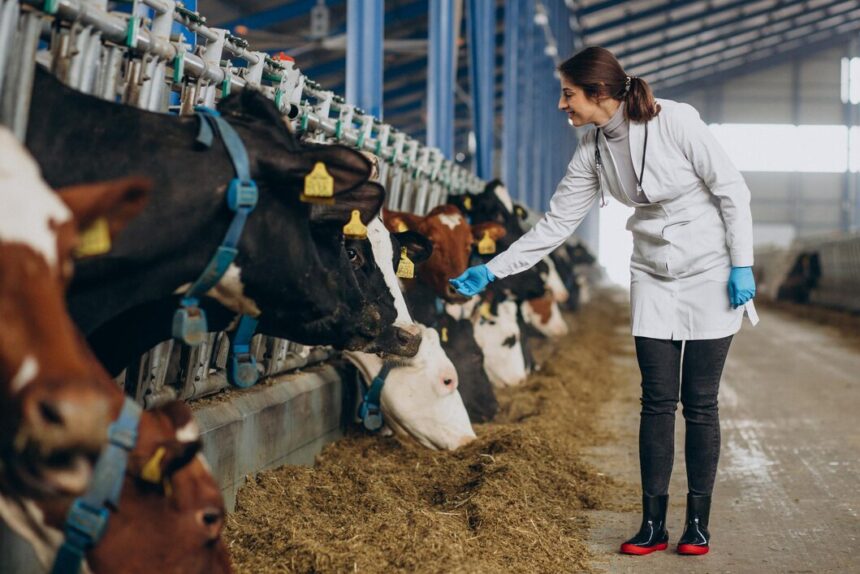Efficient feed management is essential for maximizing productivity and profitability in livestock farming. South African farmers face unique challenges related to climate, resources, and market conditions, making effective feed management strategies crucial for success. Here are ten techniques that South African farmers can apply to optimize feed utilization and enhance livestock performance:
1. Feed Quality Assessment
Conduct regular assessments of feed quality to ensure that livestock receive nutritionally balanced diets. Test feed ingredients for nutrient content, moisture levels, and contaminants to maintain high standards of quality and safety.
2. Pasture Management
Implement rotational grazing systems to optimize pasture utilization and prevent overgrazing. Monitor pasture growth and adjust stocking rates accordingly to maintain optimal forage availability and quality.
3. Supplemental Feeding
Provide supplemental feed to meet the nutritional needs of livestock during periods of limited forage availability or low-quality pasture. Use locally available feed resources such as crop residues, by-products, and forage crops to supplement diets cost-effectively.
4. Feed Storage Practices
Adopt proper feed storage practices to minimize losses from spoilage, pests, and mold contamination. Store feed in dry, well-ventilated areas, and use appropriate storage containers such as silos, bins, or drums to maintain feed quality and freshness.
5. Feed Processing
Utilize feed processing techniques such as grinding, pelleting, or ensiling to improve feed digestibility and palatability. Processing feed can increase nutrient availability and reduce feed wastage, leading to improved livestock performance and efficiency.
6. Water Management
Ensure access to clean, fresh water at all times to support optimal feed intake and digestion. Monitor water quality and availability regularly, especially during periods of drought or water scarcity, to prevent dehydration and maintain livestock health.
7. Feed Conversion Efficiency
Track feed conversion ratios (FCR) to evaluate the efficiency of feed utilization by livestock. Monitor feed intake, weight gain, and production outputs to identify opportunities for optimizing feed efficiency and reducing feed costs per unit of output.
8. Feed Budgeting
Develop feed budgets based on livestock nutritional requirements, production goals, and available resources. Allocate feed resources strategically to prioritize high-value animals and optimize returns on investment in feed inputs.
9. Seasonal Feeding Strategies
Adjust feeding strategies seasonally to account for changes in weather, forage availability, and nutritional requirements. Plan ahead for periods of drought, frost, or heat stress by stockpiling feed or implementing alternative feeding strategies to mitigate seasonal challenges.
10. Monitoring and Record-Keeping
Establish monitoring protocols and maintain detailed records of feed intake, livestock performance, and feed costs. Regularly review feed management data to identify trends, track progress, and make informed decisions to optimize feed efficiency and profitability.
Efficient feed management is vital for maximizing productivity, profitability, and sustainability in South African livestock farming. By applying these ten techniques—such as feed quality assessment, pasture management, supplemental feeding, feed storage practices, feed processing, water management, feed conversion efficiency, feed budgeting, seasonal feeding strategies, and monitoring and record-keeping—farmers can optimize feed utilization, improve livestock performance, and enhance overall farm profitability. By prioritizing feed management practices that align with local conditions and resources, South African farmers can achieve long-term success and resilience in their livestock operations.
Join 'Farmers Mag' WhatsApp Channel
Get the latest Farming news and tips delivered straight to your WhatsApp
CLICK HERE TO JOIN






